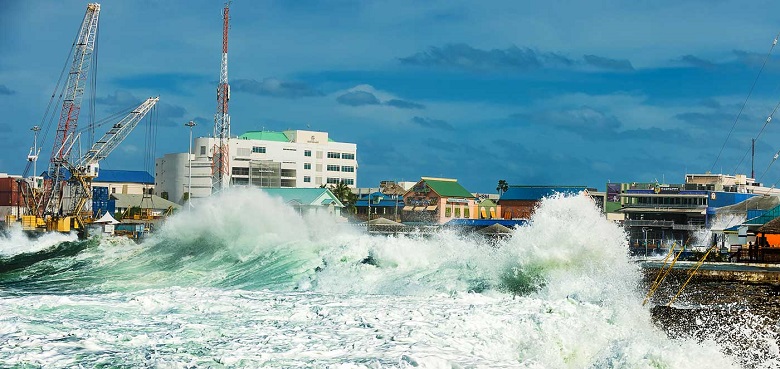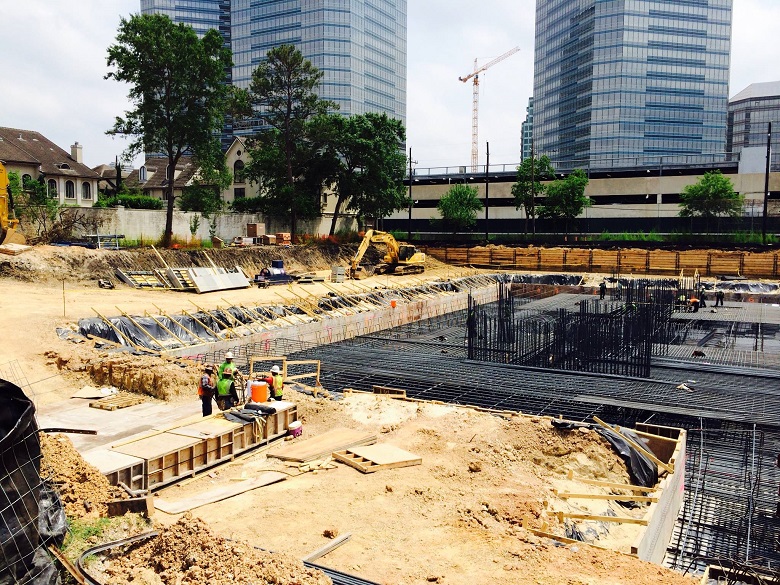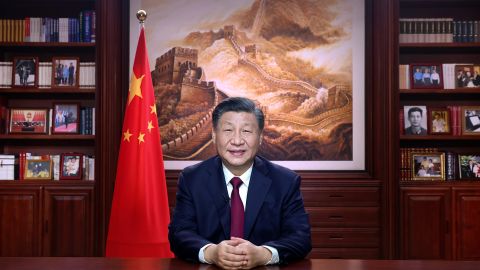Iraq Islamic Radicals Attacking Israel With New Rocket Drone
Radio Free Wall Street
Rough Seas – George Town in a Storm

This is part of my ongoing audiobiography series. The seas can sink your ship or test your metal. Sometimes in life, the storms that come your way are the best things that can happen to you.
Radio Free Wall Street
Smurf Castle

This is the continuation of my audiobiography. In this edition, we talk about my experiences in the Mexico and Texas real estate markets.
Radio Free Wall Street
Bacon Wrapped Shrimp

It’s not exactly the meaning of life but as my bacon wrapped barbecued shrimp went into national distribution, I learned more than I ever wanted to know about international supply and distribution. This is a continuation of my autobiography offerings on Radio Free Wall Street.
Radio Free Wall Street
Bitch Slap

I’ve decided to start a new product. I am going to do an audio autobiography and take you through some of the adventures of my life. It’s something I’ve wanted to do for a long time but now the time is right. The events will not be in sequential order but bounce back and forth. It’s something that’s been on my heart to do and I hope you enjoy it.
“We have now entered a new phase of Covid response where tough challenges remain,” Premiers Xi said
Xi had previously staked his political legitimacy on zero-Covid. Now, as his costly strategy gets dismantled in an abrupt U-turn following nationwide protests against it, many are left questioning his wisdom. The protests, which in some places saw rare demands for Xi and the Communist Party to “step down,” may have ended, but the overriding sense of frustration has yet to dissipate.

CDC calls out China for ‘lack of adequate and transparent’ COVID data
More than half of passengers arriving at Milan’s Malpensa Airport from China in recent days have tested positive
China is facing an international backlash amid reports of an unchecked surge in COVID-19 cases in the country, as well as criticism over the government’s decision to stop providing daily COVID data. A growing number of countries, including the U.S., have announced COVID-testing requirements for people traveling from China, as the outbreak there increases the risk that new coronavirus variants could emerge and spread The U.S. Centers for Disease Control and Prevention said Wednesday that it was implementing a requirement for a negative COVID-19 test or documentation of recovery for passengers from China, Hong Kong and Macau boarding flights to the U.S.
“CDC is announcing this step to slow the spread of COVID-19 in the United States during the surge of COVID-19 cases in the [People’s Republic of China] given the lack of adequate and transparent epidemiological and viral genomic sequence data being reported from the PRC,” the agency said in a statement. “These data are critical to monitor the case surge effectively and decrease the chance for entry of a novel variant of concern.”
Japan said that starting Dec. 30, a COVID-19 test will be required on arrival for those who have stayed in China. excluding Hong Kong and Macau, within seven days of arrival, and for all who arrive directly from China, again excluding Hong Kong and Macau. Those who do test positive will be required to isolate at a government-designated facility.The European Union said it is assessing the surge in cases in China and would be will ready to use the “emergency brake” if necessary, the Associated Press reported. The EU tried to soothe fears, however, by saying the BF.7 omicron variant that was prevalent in China was already active in Europe and does not pose an immediate danger. Italy is already requiring COVID tests for all airline passengers arriving from China. More than half of those tested on arrival at Milan’s Malpensa Airport in recent days have tested positive, the AP reported. India and South Korea have also announced test mandates for airline passengers arriving from China. Meanwhile, in the U.S., new cases and deaths have been falling, while hospitalizations and test-positivity rates are increasing. The seven-day average of new COVID cases fell to a three-week low of 64,410 on Wednesday, according to a New York Times tracker. That’s down from a recent peak of 70,508 on Christmas Eve and down 2% from two weeks ago. The New York Times tracker cautioned that reports for cases and deaths could be artificially low this week as U.S. officials who track the data take time off over the holidays. Hospitalization data, which is not typically affected by holiday breaks, is more reliable. The daily average of COVID-related hospitalizations rose to 40,497 from 39,880 on Tuesday and has increased 1% from two weeks ago. And more worrisome, the number of COVID patients in intensive-care units jumped 10% from two weeks ago to 4,997, the most since early August. The test-positivity rate rose to above 14% on Wednesday, a four-month high, and has increased by 18% in two weeks. Higher test-positivity rates suggest that many new COVID cases, such as those found through at-home testing, are not being reported to official case trackers, the New York Times said. NN: its not time to breath a sign of relief. My Bet is the new variants being generated in China will see Frankenstein’s return. Bigger and badder then ever.
Hearses queue at Beijing crematorium, even as China reports no new COVID deaths
Beijing funeral homes overwhelmed by surge in COVID deaths
BEIJING (AP) — The death toll in the latest COVID-19 surge in China’s capital Beijing has risen incrementally, as feverish clinic patients and an increase in the funeral business point to a widening outbreak after an easing of strict virus containment regulations.
Unofficial reports suggest a widespread wave of new coronavirus cases, and relatives of victims and people who work in the funeral business said deaths tied to COVID-19 were increasing. Those people spoke on condition of not being identified for fear of retribution, official policy and the direction of the latest outbreak remain cloaked in uncertainty and confusion.
The National Health Commission on Tuesday said five newly recorded fatalities, all in Beijing, had taken the country’s total death toll to 5,242 — relatively low by global standards but potentially set to increase substantially following moves by the government to step away from the “zero-COVID” policy of lockdowns, quarantines and compulsory testing that has staggered the economy and prompted rare anti-government protests. With people testing and recuperating at home, China has said it is no longer possible to keep an accurate count of new case numbers, making it substantially more difficult to gauge the state of the current wave of infection and its direction. Some scientific models have estimated numbers will rise with an eventual death toll in the tens or hundreds of thousands. China is trying to persuade reluctant seniors and others at risk to get vaccinated, apparently with only moderate success. Vaccination centers visited over recent days have been largely empty and there has been no major publicity drive in the entirely state-controlled media. The other major concern is shoring up health resources in smaller cities and the vast rural hinterland ahead of January’s Lunar New Year travel rush, which will see migrant workers returning to their hometowns. Numbers of fever clinics have been expanded in both urban and rural areas and people have been asked to stay home unless seriously ill to preserve resources. Hospitals are also running short on staff, and reports say workers have been asked to return to their posts as long as they aren’t feverish. Chinese health authorities count only those who died directly from COVID-19, excluding deaths blamed on underlying conditions such as diabetes and heart disease that raise risks of serious illness. In many other countries, guidelines stipulate that any death where the coronavirus is a factor or contributor is counted as a COVID-19 related. China had long hailed its restrictive “zero-COVID” approach as keeping case numbers and deaths relatively low, comparing itself favorably to the U.S., where the death toll has topped 1.1 million. Yet the policy of lockdowns, travel restrictions, mandatory testing and quarantines placed China’s society and the national economy under enormous stress, apparently convincing the ruling Communist Party to heed outside advice and alter its strategy.
NN BlackMask Pod Cast:
For Whom the Bell ToLls China Style